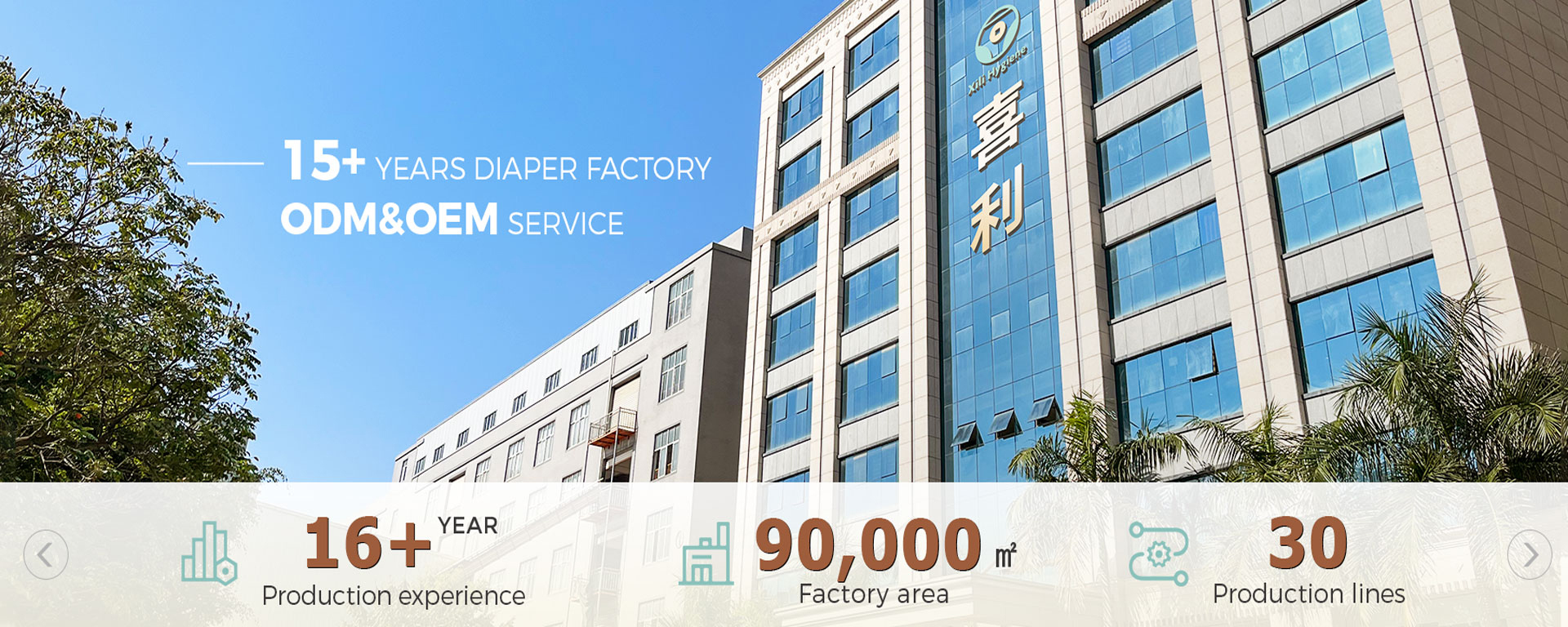
Why Biodegradable Hygiene Products Are More Expensive Than Conventional Disposable Products
2025-03-01 22:00
In recent years, there has been a growing demand for environmentally friendly alternatives to traditional disposable sanitary products, such as pads and tampons. Among these alternatives, biodegradable sanitary products have gained significant attention for their sustainability and reduced environmental impact. However, many consumers may have noticed that these eco-friendly options are often more expensive than their conventional counterparts. The price difference can be attributed to several key factors, including the raw materials used, production processes, and the overall market demand for sustainable products.
1. High-Quality Raw Materials
One of the primary reasons for the higher cost of biodegradable sanitary products is the use of high-quality, biodegradable sanitary products use natural, renewable, and eco-friendly materials like organic cotton, bamboo, hemp, and biodegradable polymers. These materials are often more expensive due to the costs associated with sourcing, processing, and certification. Organic cotton, for example, is grown without the use of synthetic pesticides or fertilizers, which can increase its cost compared to conventionally farmed cotton.
2. Sustainable Production Processes
The production process for biodegradable sanitary products is typically more labor- and resource-intensive. Manufacturers need to ensure that the raw materials used are both sustainable and of high quality, which can require additional steps in terms of quality control, testing, and certification. Furthermore, eco-friendly manufacturing processes often involve stricter environmental standards, such as reducing water usage, minimizing waste, and avoiding harmful chemicals. These additional steps can drive up production costs.
On the other hand, conventional disposable products are often mass-produced in large quantities using automated systems that benefit from economies of scale, allowing manufacturers to keep production costs lower. The manufacturing of biodegradable sanitary products is often on a smaller scale, which can make it more expensive to produce each unit.
3. Certification and Compliance
Biodegradable sanitary products often come with certifications that guarantee their environmental and ethical standards, such as organic certification or certifications for compostability or biodegradability. Obtaining these certifications requires investment in testing, documentation, and compliance with specific environmental regulations. This process can be costly and time-consuming, contributing to the higher price of the end product.
4. Limited Market Demand and Niche Positioning
While the demand for biodegradable sanitary products is growing, it still represents a niche market compared to traditional disposable products. As a result, manufacturers of eco-friendly sanitary products often produce smaller batches, which means they do not benefit from the same economies of scale as larger manufacturers of conventional products. The higher unit cost associated with smaller production volumes is then passed on to consumers.
Additionally, sustainable products often cater to a specific consumer demographic that values eco-conscious choices, and they are marketed as premium products. This positioning can also justify a higher price point in the eyes of consumers who prioritize environmental responsibility.
5. Research and Development Costs
Finally, manufacturers of biodegradable sanitary products often invest heavily in research and development (R&D) to improve the functionality, comfort, and performance of their products. Developing materials that are both effective in use and environmentally friendly requires ongoing innovation and testing, which adds to the overall cost of production. For instance, creating a biodegradable product that mimics the absorbency and reliability of traditional disposable products is no small task and requires significant R&D investment.
Conclusion
While biodegradable sanitary products are more expensive than conventional disposable products, this price difference can be attributed to a variety of factors, including the use of high-quality, sustainable raw materials, more labor-intensive and eco-conscious production processes, certification costs, limited market demand, and ongoing R&D investments. As consumer demand for sustainable products continues to grow, economies of scale may help reduce the cost of biodegradable sanitary products in the future. Until then, consumers can expect to pay a premium for products that help reduce their environmental impact and contribute to a greener planet.
Get the latest price? We'll respond as soon as possible(within 12 hours)















